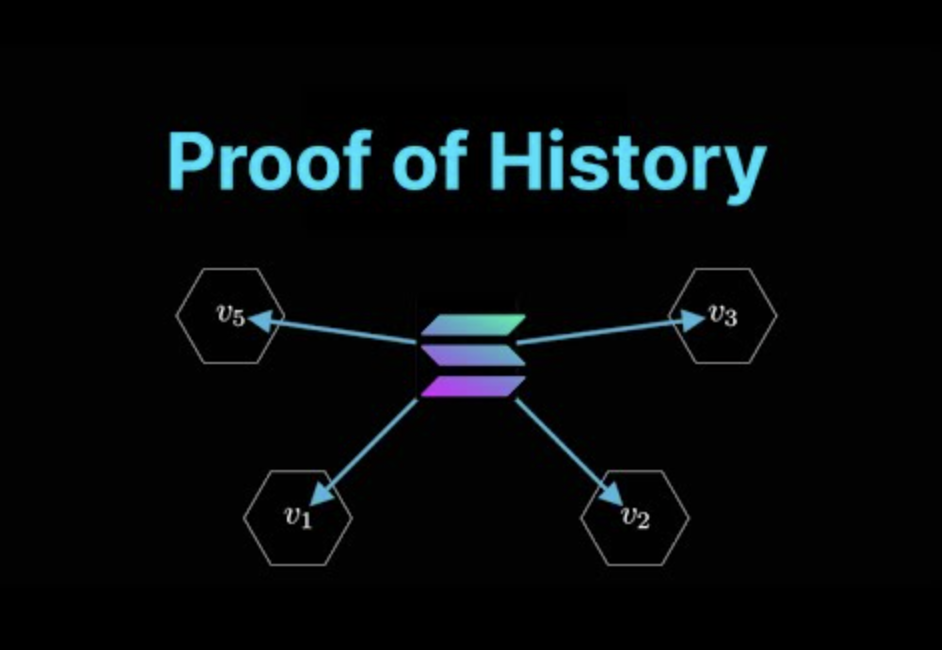
Proof of History Explained
Unveiling the Power of Solana
Have you ever encountered sluggish transactions on blockchain platforms? Well, Solana is here to change the game with its groundbreaking innovation: Proof of History (PoH). This Beambitx article delves into the core of PoH, exploring its advantages, limitations, and how it positions Solana as a leader in efficient blockchain technology.
Unlike traditional methods that rely on miners or validators, Solana’s PoH introduces a unique approach. It acts as a secure timekeeper, meticulously recording the order of transactions with timestamps. Imagine each transaction receiving a precise timestamp, similar to a train ticket marking its stops. This eliminates the need for external validation, significantly accelerating the processing speed.
Benefits of Proof of History:
- Lightning-Fast Transactions: PoH empowers Solana to handle thousands of transactions per second, a stark contrast to the limitations of older systems. This blazing speed translates to near-instantaneous transactions for users.
- Enhanced Scalability: As the number of users on a blockchain network grows, scalability becomes crucial. PoH equips Solana to accommodate this growth efficiently, making it suitable for complex applications.
- Energy Efficiency: Compared to energy-intensive Proof of Work (PoW) systems, PoH consumes significantly less power. This eco-friendly approach aligns with the growing emphasis on sustainability.
- Decentralization at its Core: Despite its speed, PoH upholds decentralization, a fundamental principle of blockchain technology. It doesn’t rely on a single entity for validation, ensuring a fair and secure network.
Understanding the Limitations:
- Complexity: Implementing PoH can be more intricate compared to traditional methods. This complexity might pose challenges for developers new to the system.
- Novelty and Unproven Track Record: As a relatively new concept, PoH lacks the long-term testing of established systems like PoW. Potential unforeseen issues or limitations might emerge over time.
- Reliance on Accurate Timekeeping: PoH hinges on precise timekeeping for transaction sequencing. Any discrepancies could impact the system’s reliability.
Solana vs. Proof of Work
- Computational Requirements: PoW systems demand significant processing power, leading to high energy consumption. PoH minimizes this need, making it a more sustainable choice.
- Data Storage and Bandwidth: PoW often struggles with extensive data storage and bandwidth demands, resulting in higher costs and slower transactions. PoH addresses this by reducing storage and bandwidth requirements.
- Transaction Finality: PoW can lead to delays in transaction finality, creating uncertainty. PoH offers quicker finality, ensuring faster confirmation of completed transactions.
PoH’s potential extends beyond current applications. Here’s a glimpse into what the future holds:
- Advanced Smart Contracts:PoH’s speed paves the way for more intricate and real-time smart contracts, expanding their reach across various industries.
- Integration with the Internet of Things (IoT):The ability to process data swiftly makes PoH well-suited for the IoT, enabling efficient communication and operation of connected devices.
- Streamlined Government Services: PoH’s potential lies in transforming government services by facilitating faster and transparent processes.
How much time do you plan to invest in learning how Solana works in order to fully harness the benefits of this remarkable technology?
